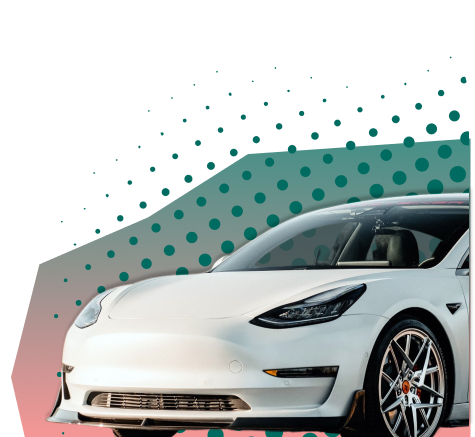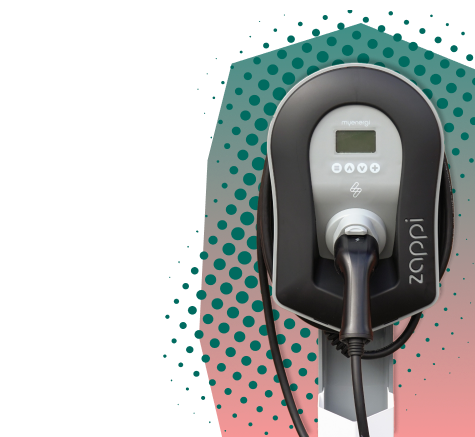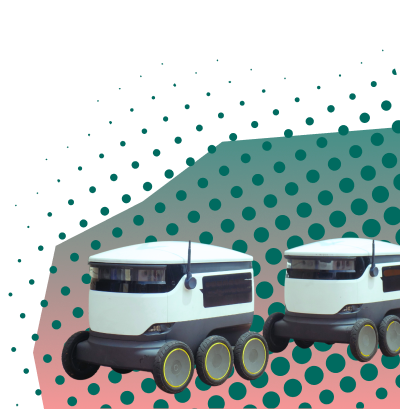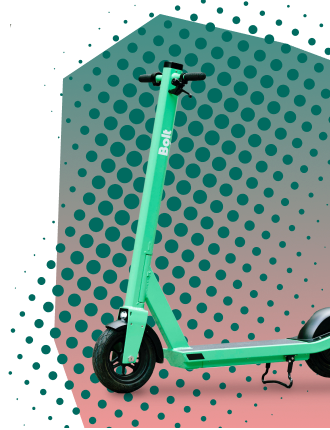The State Of The Smart Home Industry
Smart homes, or home automation, are terms used for a wide range of monitoring solutions, controlling and automating functions in a home. Unlike simple home automation solutions, such as motor-operated garage doors, smart home systems necessitate a web portal or smartphone app to interact with the automated system. Such devices can be automatically controlled via Wi-Fi, enabling the user to regulate functions, such as security access to the house, temperature, lighting, and home theatre.
Smart home tech wasn’t invented just for convenience, but also for environmental concerns related to saving energy and water, and making our lives more efficient without exponentially exploiting natural resources available to us.
Here’s some statistics for you, according to Earthweb:
- In 2021, there were 258.54 million smart homes across the world.
- The market for smart home technology is forecasted to grow to 138.9 USD by 2026.
- Two out of five smart devices are used at least twice a day.
- The United States is the biggest smart home automation market in the world, closely followed by China and Europe.
Taking this into account, what can we expect from the Smart Home Industry? We decided to come up with our own predictions on the upcoming trends in the market. Here are five smart home trends we expect to boom.
 5 Smart Home Technology Trends
5 Smart Home Technology Trends
“Unexpected” Smart Devices
The Internet of Things (IoT) has revolutionized the way we live, work, and interact with the world around us. One trend that is expected to gain momentum in the coming years is the integration of IoT technology into unexpected and less traditional devices. A prime example of this trend is the emergence of smart mirrors. These mirrors not only reflect your image but also provide you with information and features that were once the preserve of smartphones and computers. They can show you the weather, your schedule, news updates, and much more.
As we move forward, we can expect to see IoT being incorporated into more and more everyday items that we use regularly. Imagine a future where your smart home devices work together to proactively respond to your needs. For instance, your smart fridge may automatically order groceries when it detects that you are running low, your smart lights may turn on when you enter a room, and your smart thermostat may adjust the temperature based on your preferred settings. The possibilities are endless.
The implementation of IoT technology in devices will not only make our lives more convenient but also more efficient. By having all of our devices connected and communicating with each other, we can save time and energy by automating repetitive tasks. Additionally, we will have access to a wealth of information and insights that can help us make better decisions and live healthier, more productive lives.
A Focus on Efficiency
The smart home revolution has brought about many exciting new innovations that are changing the way we live and interact with our homes. One of the most important trends that is driving this revolution is a focus on energy efficiency. The implementation of IoT technology in smart home devices has given users a much better understanding of how they are using their devices, and how much energy they are consuming.
For example, with smart light bulbs and appliances, you can monitor your energy consumption in real-time, and make adjustments accordingly. This means that you can reduce your energy bills and do your part to protect the environment. Additionally, by having a more detailed understanding of your energy consumption, you can identify areas where you can make improvements and optimize your use of energy.
Smart home trends have come a long way, but there is still much room for growth. With the increasing demand for energy-efficient products and the growing popularity of smart homes, we can expect to see continued growth and innovation in this area. From the development of new and more efficient smart devices, to the integration of renewable energy sources into our homes, the future of smart homes is looking increasingly bright.
More home automation and interconnected devices
This trend refers to the growing number of devices in our homes that are becoming interconnected and can be controlled remotely or automatically. This includes features such as thermostat control, garage door opening/closing, and security features. The declining cost of components is one of the reasons for the popularity of home automation. The technology continues to improve, making home automation more accessible to people. As more and more devices become compatible with home automation, people will find it even easier to control their homes remotely.
This technology not only offers convenience, but it also provides peace of mind for those who are concerned about security. With the ability to control various devices from a remote location, homeowners can keep an eye on their homes even when they’re not there. Interconnection of devices and home automation can be also beneficial from a sustainability perspective, because it will help to monitor electricity and water usage within our households, making them more efficient and better for the environment!
Increase in the use of sustainable materials and processes
Sustainable building materials and practices are becoming more widespread as people become increasingly aware of their benefits. The increased number of certifications being awarded to sustainable construction projects is a testament to this growing trend. Green building is becoming more popular as people become aware of the benefits it can offer, such as energy savings, better air quality, and reduced environmental impact.
There are many different types of sustainable building materials and practices that can be used, including green roofs, solar panels, and natural insulation. These materials and practices not only help to make buildings more environmentally friendly, but they can also save money in the long run. It’s important to note that sustainable building doesn’t have to be expensive or difficult. There are many simple ways to make a building more environmentally friendly, such as using LED light bulbs, installing a water filter, monitoring your energy usage or using recycled materials. With the advancements in technology and increasing interests from consumers and companies alike, we predict this trend will make its way into the smart home tech industry.
Water conservation becomes crucial in smart homes
Smart homes are evolving and adapting to new trends and technology, and one of the most important areas of focus is water conservation. As the world becomes more conscious of the need to preserve water, smart homes are taking steps to reduce their usage and create more sustainable living environments.
There are several ways that smart homes are promoting water conservation, and one of the most popular is through the installation of low-flow faucets and shower heads. These fixtures reduce the amount of water used without impacting daily routines and contribute to overall water savings. Another way that smart homes are conserving water is through the use of home automation features that allow users to monitor and track their water usage, helping them to identify areas where they can make adjustments to save even more water. Additionally, rainwater harvesting systems have become increasingly popular in smart homes. These systems collect rainwater from the roof and store it in tanks for later use, such as watering plants or flushing toilets, and can save homeowners money on their water bills and help conserve this valuable resource. Overall, water conservation is becoming a crucial aspect of smart homes, and it is expected to continue to grow in importance in the coming years.
With more innovations, come more great smart home entrepreneurs. And with smart home entrepreneurs, comes the need to build smart home teams. If that’s the case for you, get in touch today! Our specialist GreenTech recruitment Consultants work only within the GreenTech space, with Smart Tech being one of our biggest divisions, and no doubt we can connect you with the very best talent that aligns with your needs.











